Plautilla Nelli’s 'Last Supper'
More than 450 years ago, an Italian nun became the first woman to paint the iconic subject.
When the Dominican friars at Florence’s Santa Maria Novella didn’t feel well and needed medicinal herbs, they stepped out to Santa Maria Novella Pharmacy (considered the oldest still-operating pharmacy in the world) along the monastery wall. But when it was time for these same monks to ingest a meal, they went to Santa Maria Novella’s refectory—a rectangular cafeteria shaped like a communal dining table, just off the grand cloister.
Refectories were all about food, right down to the artwork on the walls. In Florence, they were usually decorated with a fresco of Christ’s Last Supper, an image of sustenance painted directly into a wall’s plaster, to be contemplated during mealtimes.
The roughly 23 by six-and-a-half foot “Last Supper,” painted around 1568 by the nun and artist Plautilla Nelli, was recently installed in the refectory of the Santa Maria Novella museum. Unlike many depictions of the Last Supper, it is an oil painting on canvas. It was originally created for Nelli’s convent, Santa Caterina da Siena, which once stood just a mile away.
Nelli is the first-known female artist to paint a large-scale Last Supper, a project that would have demanded skill and been expensive, requiring lots of materials, scaffolding, and assistants. Her convent, which she entered at 14 years old, encouraged her to paint and gave her resources to create a refectory painting for herself and her sisters. Still, Nelli had no way of learning fresco technique, a physically demanding medium then considered suitable for men alone. Instead, she painted with oil on canvas.
Her choice of a portable medium ultimately saved the painting from destruction, allowing it to be restored and transferred to the public museum of Santa Maria Novella. When Napoleon conquered Italy in the late 18th century, he emphasized civic over religious power by suppressing religious orders—including the Dominican nuns of Santa Caterina da Siena. Nelli’s convent closed and was later destroyed; had she painted a fresco, the wall-sized tablescape would be rubble. Since she created a painting on canvas, though, it was taken off its stretchers, rolled up, and transferred to Santa Maria Novella, where it remained in private quarters until October 2019, over 450 years after it was first painted.
Know Before You Go
Visitors can buy a ticket online or in-person for the entire Santa Maria Novella complex. The museum is open seven days a week, with limited hours on Sundays and religious holidays.







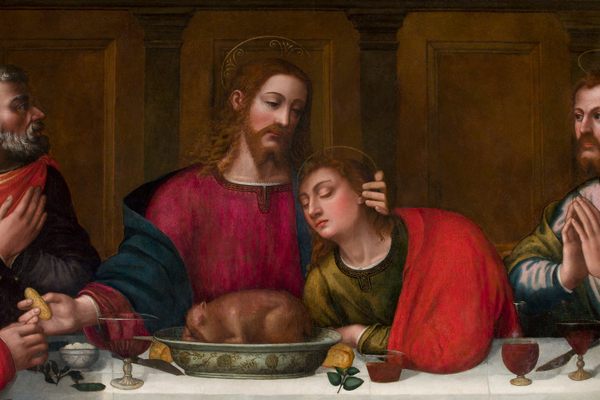




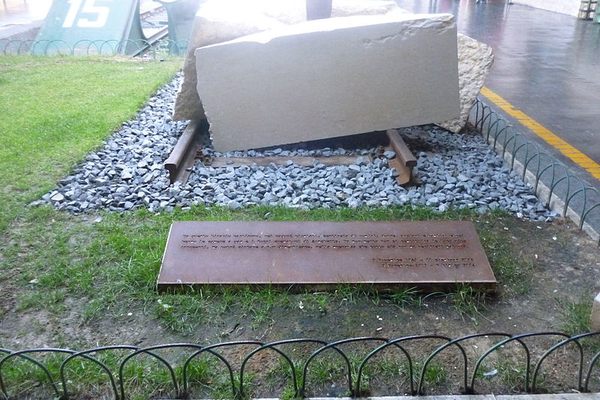

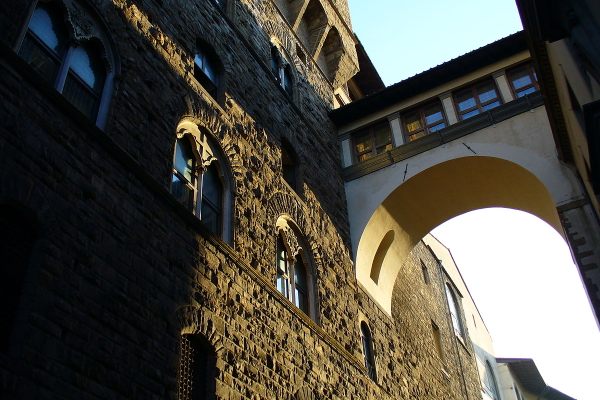

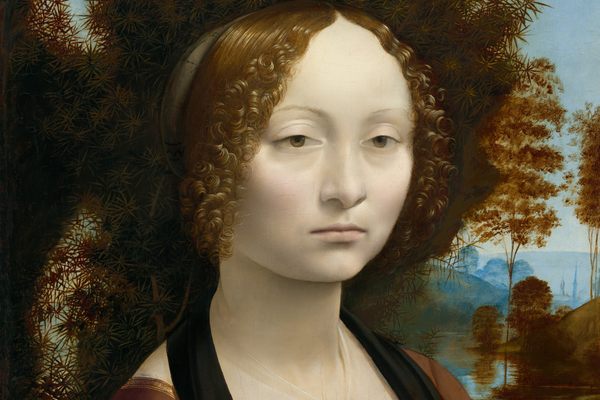


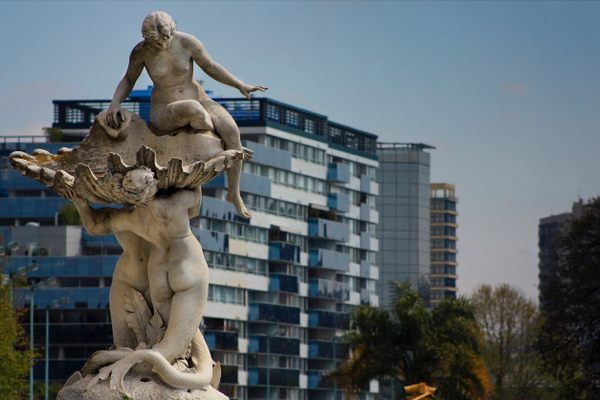


Follow us on Twitter to get the latest on the world's hidden wonders.
Like us on Facebook to get the latest on the world's hidden wonders.
Follow us on Twitter Like us on Facebook